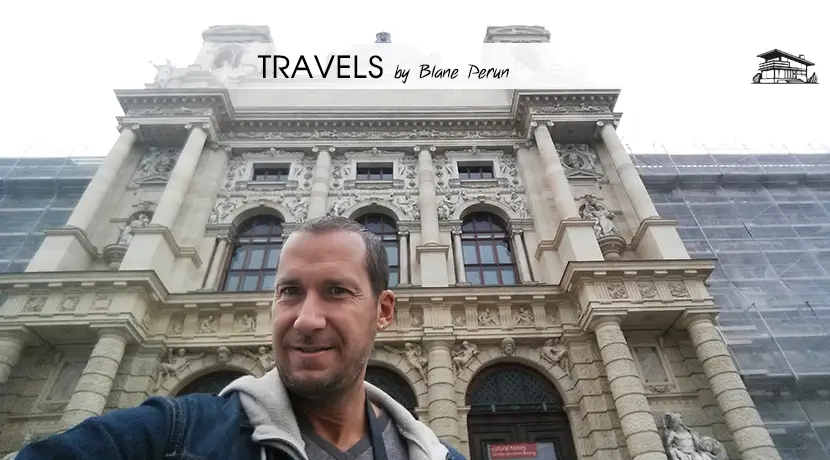Vienna Architecture & Interior Design
Exploring the Splendor of Vienna Architecture & Design
Vienna, Austria’s capital, is a city that effortlessly marries historical grandeur with cutting-edge innovation, especially in the realms of architecture and design. Vienna Architecture & Design is not just about the visual appeal; it’s a testament to the city’s rich history, cultural evolution, and its constant stride towards modernity. Whether you’re captivated by the ornate details of Baroque churches or the sleek lines of contemporary buildings, Vienna offers a unique blend that fascinates architects, designers, and laypersons alike.

The Historical Canvas of Vienna
The Imperial Majesty: Baroque and Rococo Influences
Diving into the heart of Vienna’s architectural heritage, the Baroque and Rococo styles stand out with their opulent decorations, dramatic expressions, and the interplay of light and shadow. Buildings like the Belvedere Palace and Karlskirche are prime examples, where every column, facade, and fresco tells a story of imperial extravagance and artistic finesse. The use of stucco, sculptural elements, and grandiose spaces in these structures reflects the socio-political aspirations of the Habsburg monarchy, aiming to showcase power and divine right.
The Viennese Secession: Art Nouveau’s Bold Statement
At the turn of the 20th century, a group of rebel artists and architects, dissatisfied with the historical constraints, founded the Vienna Secession. This movement was pivotal in the development of Art Nouveau in Vienna, emphasizing organic forms, geometric clarity, and a departure from traditional ornamentation. Buildings like the Secession Building, with its iconic golden dome of laurel leaves, and the Majolica House with its floral facade, are embodiments of this revolutionary spirit. These structures not only challenged the status quo but also paved the way for modern architectural thought in Vienna.
Modern and Contemporary Marvels
Post-War Reconstruction and Innovation
The aftermath of World War II necessitated a massive rebuilding effort across Vienna, giving rise to an era of architectural innovation. The focus was on creating functional, affordable housing while also paying homage to the city’s historical context. The Hundertwasserhaus, designed by Friedensreich Hundertwasser, is a testament to this era, breaking the monotony of conventional architecture with its undulating floors, lush rooftop gardens, and vivid facades, advocating a harmonious coexistence with nature.
Cutting-Edge Contemporary Designs
In the 21st century, Vienna continues to be a hotbed for contemporary architectural achievements, with the city skyline increasingly dotted with sleek skyscrapers and avant-garde structures. The DC Tower 1, Vienna’s tallest skyscraper, showcases the city’s ambition and forward-thinking mindset, with its facade reflecting the Danube’s fluidity. The Vienna University of Economics and Business campus is another highlight, featuring buildings designed by international architects like Zaha Hadid, signifying Vienna’s global relevance in architectural innovation.
Bridging Tradition and Modernity
The Role of Public Spaces in Vienna’s Urban Fabric
Vienna’s architectural essence is not confined to its buildings alone; the city’s public spaces play a crucial role in its urban design narrative. Spaces like the MuseumsQuartier blend historic and contemporary architecture, offering a cultural hub that encourages social interaction, creativity, and relaxation. This seamless integration of old and new in public spaces exemplifies Vienna’s approach to preserving its heritage while embracing modernity.
Sustainable Architecture: Vienna’s Green Revolution
In recent years, Vienna has emerged as a leader in sustainable architecture, with numerous projects emphasizing energy efficiency, biodiversity, and green spaces. The Aspern Seestadt, one of Europe’s largest urban development projects, exemplifies this shift towards sustainability, incorporating green roofs, solar panels, and extensive parklands. This commitment to eco-friendly design not only enhances the city’s livability but also sets a global benchmark in sustainable urban planning.

Engaging FAQs on Vienna Architecture & Design
What makes Vienna Architecture & Design stand out globally?
Vienna’s architecture is a unique blend of historical opulence and contemporary innovation, reflecting the city’s rich cultural tapestry and its adaptability to modern trends. The seamless integration of different architectural styles, from Baroque and Art Nouveau to modern and sustainable designs, makes Vienna a global beacon for architects and designers.
How has Vienna’s history influenced its architectural landscape?
Vienna’s architectural landscape is a narrative of its historical journey, with each era leaving its imprint on the city’s fabric. The imperial grandeur of the Habsburg era brought Baroque and Rococo styles to the forefront, while the early 20th century saw a break from tradition with the Secession movement. Post-war reconstruction and contemporary developments have further diversified Vienna’s architectural portfolio, making it a living history book.
What role do public spaces play in Vienna’s architectural identity?
Public spaces in Vienna are integral to its architectural identity, serving as venues for social interaction, cultural exchange, and leisure. These spaces, ranging from historical squares to modern parks, not only enhance the city’s aesthetic appeal but also its social cohesion, reflecting Vienna’s emphasis on community and accessibility in urban design.
Can you explain the significance of sustainable architecture in Vienna?
Sustainable architecture in Vienna is not just a trend but a commitment to future generations, focusing on energy efficiency, environmental protection, and quality of life. Projects like Aspern Seestadt showcase Vienna’s innovative approach to sustainable urban planning, incorporating eco-friendly technologies and green spaces to reduce the ecological footprint and enhance livability.
What impact has contemporary architecture had on Vienna’s skyline?
Contemporary architecture has transformed Vienna’s skyline, introducing a mix of avant-garde structures and skyscrapers that symbolize the city’s dynamic evolution. These modern additions not only complement Vienna’s historical architecture but also represent its openness to innovation and global architectural trends, making it a vibrant and evolving metropolis.
In conclusion, Vienna Architecture & Design embodies a harmonious blend of historical legacy and contemporary vision, making the city a fascinating study in architectural diversity and innovation. From the grandeur of its imperial past to the boldness of modern designs, Vienna continues to captivate and inspire, standing as a testament to the enduring power of architecture in shaping the character and spirit of a city.





